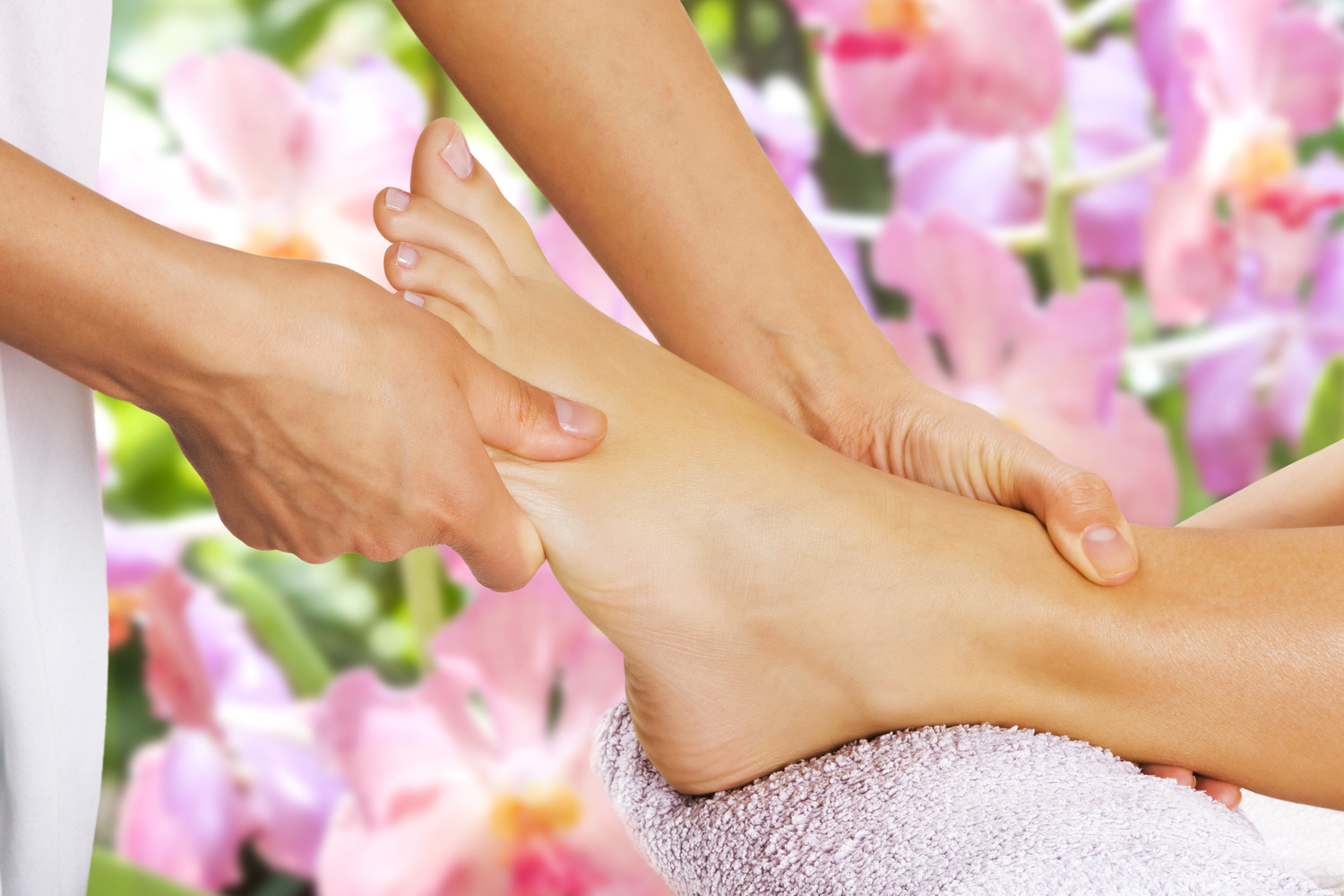It is hard to imagine a headache being cured by massaging your toes or relieving cramps by applying soothing pressure to the heels of your feet. The origins of reflexology are not wholly clear. Some believe that the healing art was born in ancient Egypt whereas others claim that it has its roots in ancient Greece. But from all accounts, most experts agree that it is a sure fire way to deal with troublesome aches and pains with minimum hassle. In fact, you don’t even need to go to a masseuse; you can indulge in reflexology with your own two hands.
Though reflexology is not considered the cure for any major disease or illness, it does have its benefits. The basis of the practice is that the physical act of applying pressure to the hands, ears or feet with specifically allotted techniques, without using any external balms or ointments, can stimulate certain ‘zones’ or reflex areas in the body.
What does it do?
Research has shown that reflexology has several beneficial effects on the body. For example, it causes relaxation. Though this sounds simplistic, it is a testament to the fast paced and stress packed world of today that relaxation is considered a major plus point.
Reflexology reduces pain in problem areas. The ‘zones’ in the feet are connected to the vital organs of the body. From the various muscles and bones in the head to the stomach and digestive system, reflexologists believe that the gentle pressure and stimulation reduces the pain in problem areas.
The gentle massage is believed to be beneficial for the blood flow in the body. Studies have shown that reflexology helps maintain a healthy flow of blood to the feet, kidneys, intestines and the brain. Research has also proved that reflexology has a positive effect on mental health. People suffering from anxiety and depression have been known to experience an alleviation of their symptoms while practising reflexology.
What are the zones?
Almost every pressure point in the feet is connected in some way to the overall health of the body. A few zones, however, stand out as being useful for day to day life. For starters, one of the most sensitive portions of the feet is the toes. Each toe has a connection with a body part. For example, the left side of the little toe is connected to the bladder. The left side of the big toe is connected to the liver and the right side is connected to the spleen. The toes are the parts of the feet that are linked to the head and neck areas.
Another problem area for most people – young or old – is the spine. Everyone gets backaches once in a while. A good way to deal with the problem is to apply a slight, even pressure with your thumbs along the inside of both your feet, from toe to heel. The contours of your feet are linked to your spinal column and by pressing there you can ease your backaches.
The balls of the feet which are directly underneath the toes are considered to be intrinsically linked to the chest area. Pressure here is considered to be good for any chest related illnesses. The bottom or the heels of the feet are connected to the pelvic area (especially good for people who suffer from menstrual cramps).

